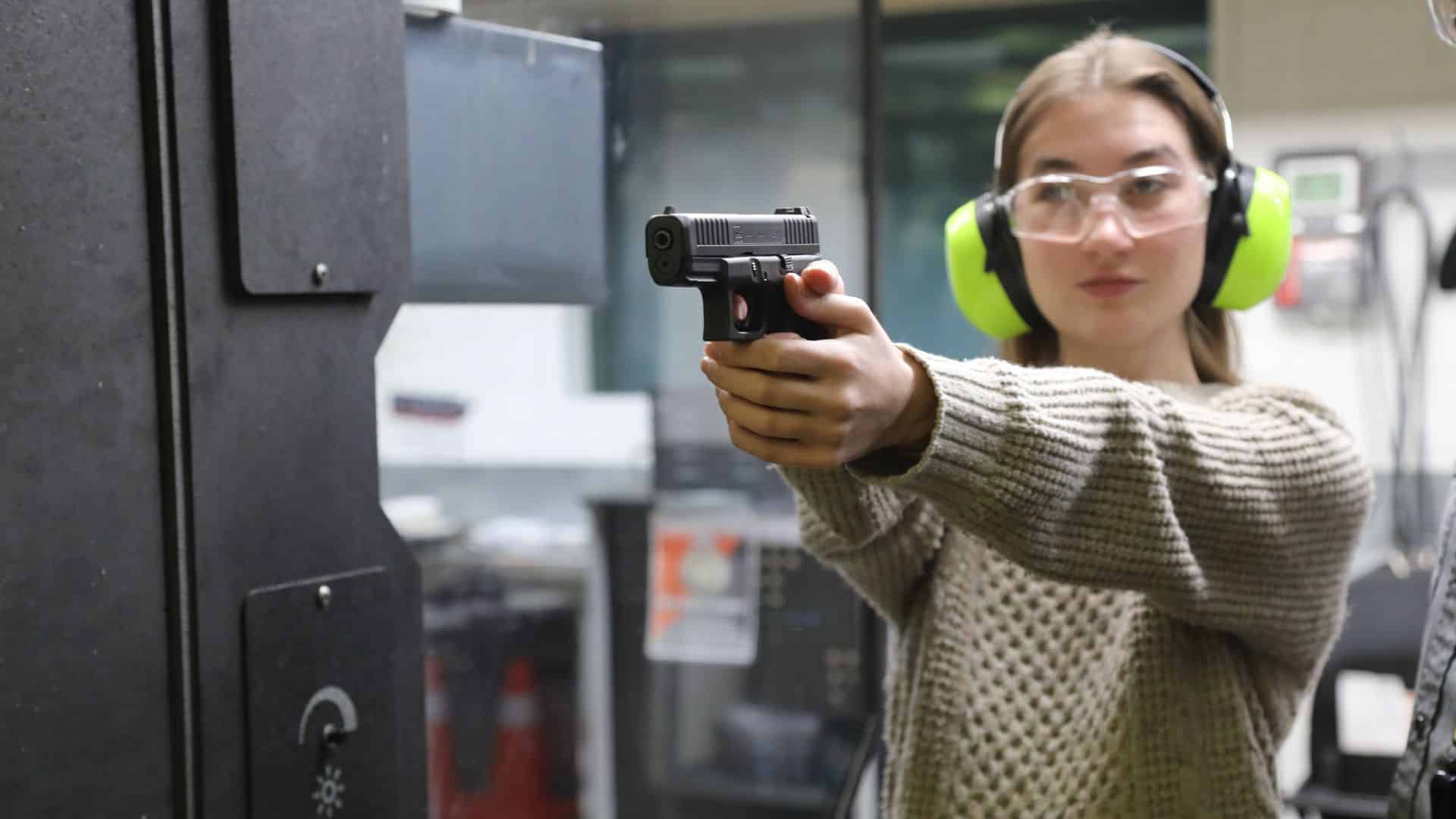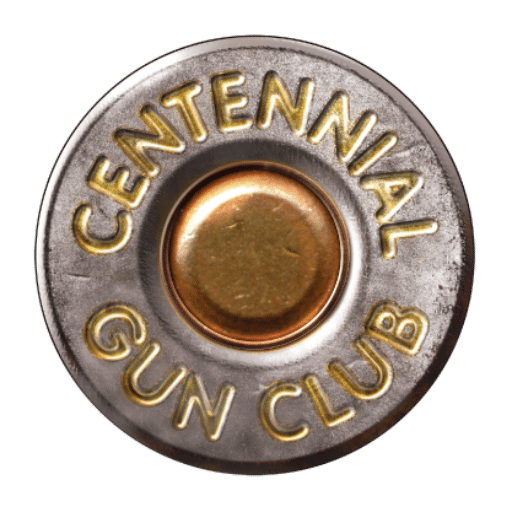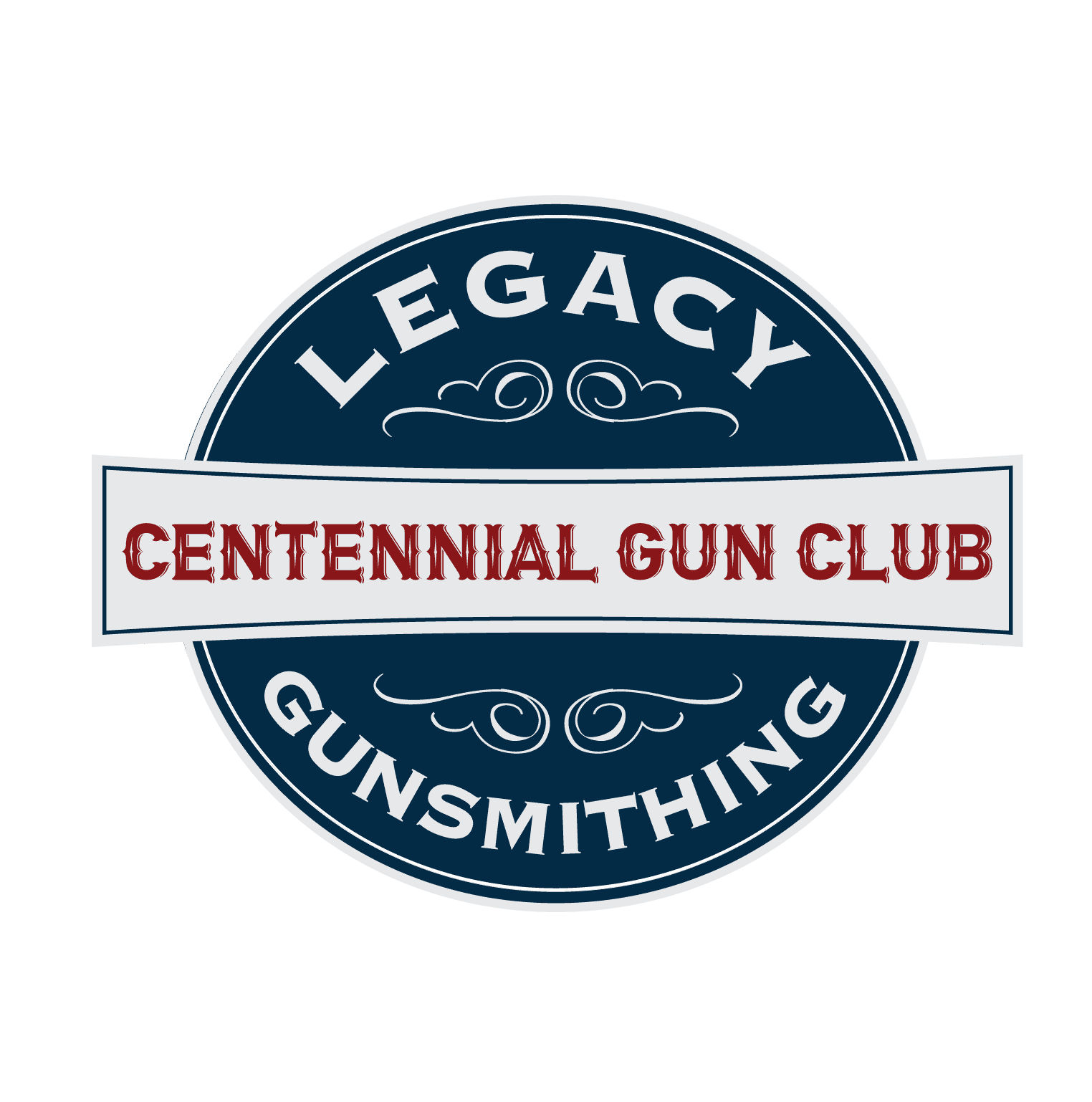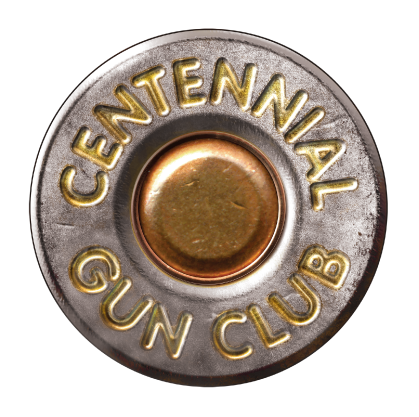Centennial Gun Club
AIMING TO EMPOWER YOUDENVER SHOOTING RANGE & FIREARM TRAINING
OPEN TO THE PUBLIC
EQUIP
KNOWLEDGeABLE STAFF
Knowledgeable staff that are ready to listen and eager to address your questions.
WIDE VAriety
ExpertiSe
Our expert Gunsmithing Staff has over 40 years of experience and is more than qualified to customize, restore, maintain and repair your favorite firearms.
TRAIN
NEW FACILITY
From beginners to tactical professionals, welcome to your new training facility.
HANDS ON Training
Each of us are at different levels, therefore, we provide a variety of training classes led by industry-leading professionals to ensure we have the right course for you.
PROFESSIONAL GUIDANCE
What class should I take next?… We offer professional guidance through multiple training tracks, each aimed at helping empower you.
COMMUNITY
STATE of the art tech
JOIN A COMMUNITY
Maintain your skills with a membership at affordable rates in a world-class environment.
REALITY-BASED TRAINING
Reality-based training simulator to safely practice in unique settings.
Let’s Start
Your Experience At Centennial Gun Club

So Much Fun!
“Great for a date day! They have plenty of gun rentals and that comes with ear and eye pro if you forget it. They offer conceal and carry classes/permits that are nice and they have lots to purchase if you need guns ammo etc. And you do not have to be a member. My recommendation is go with your S.O. and buy the battleship targets and see who wins! So much fun!”
– Casey


OPEN TO THE PUBLIC
Whether you are a new shooter or have experience, we welcome you to come on in to Centennial Gun Club. You are welcome here!








